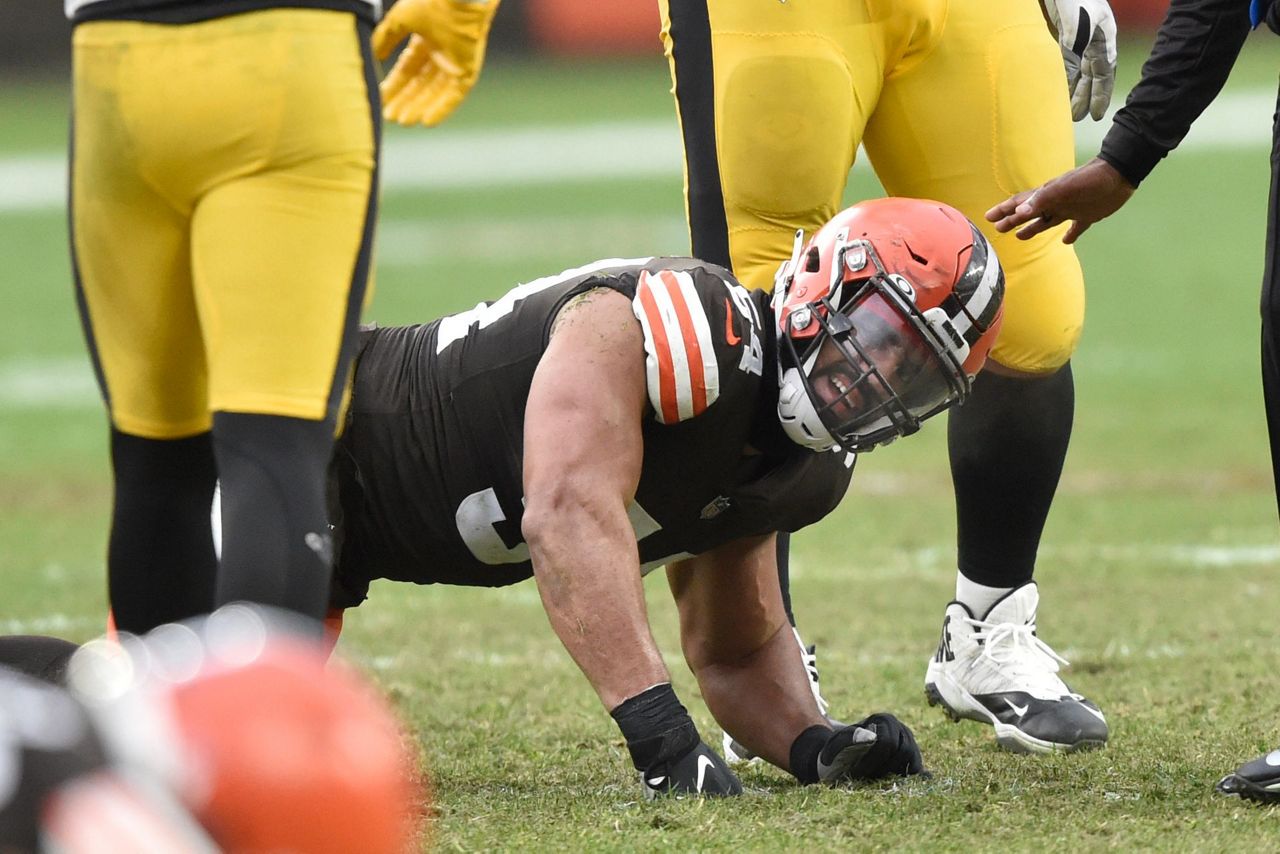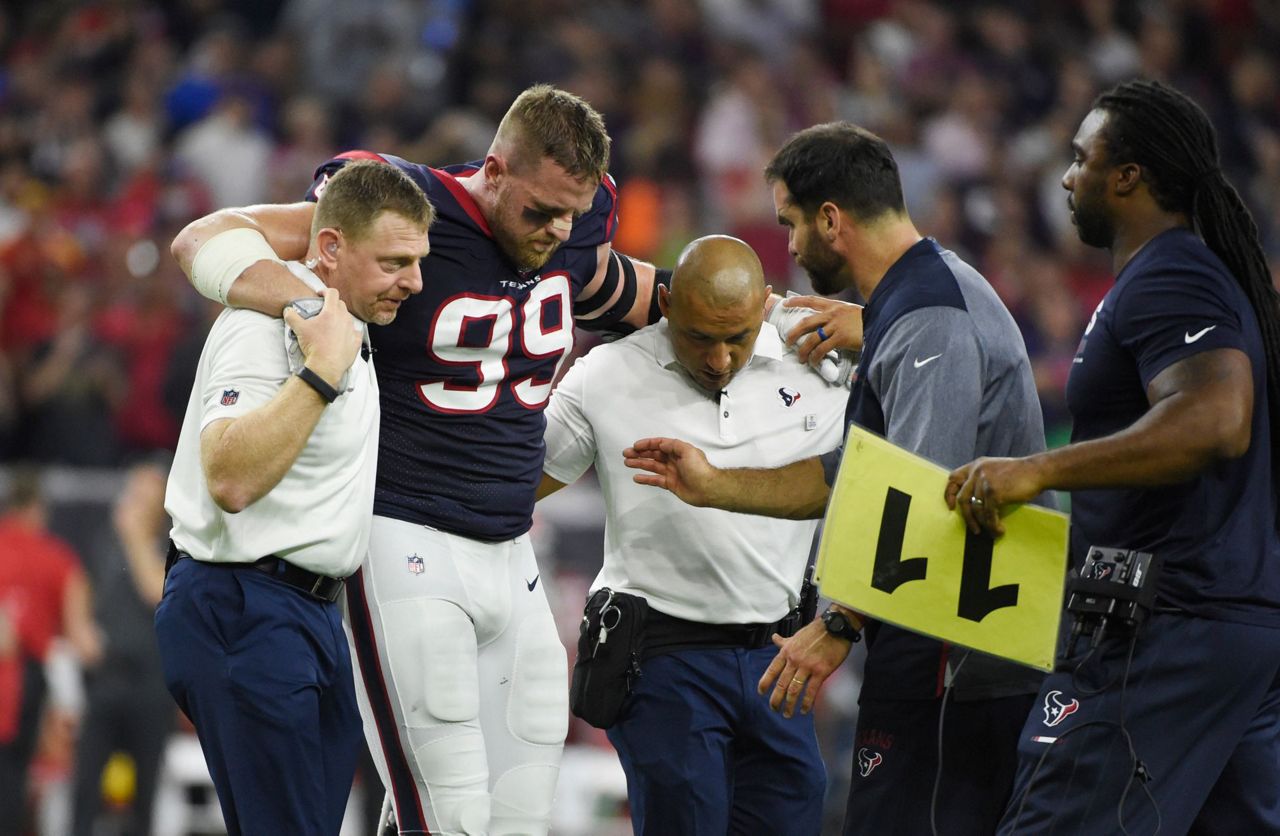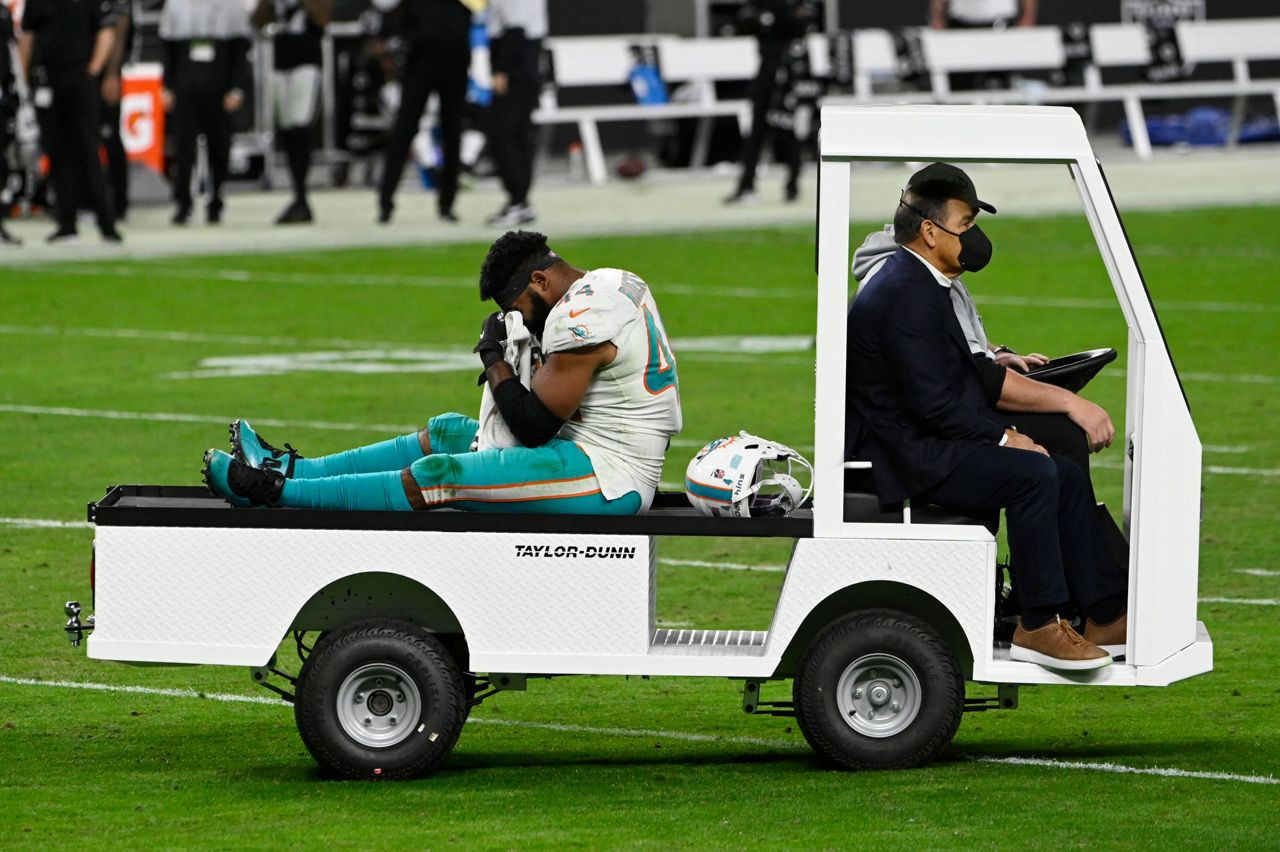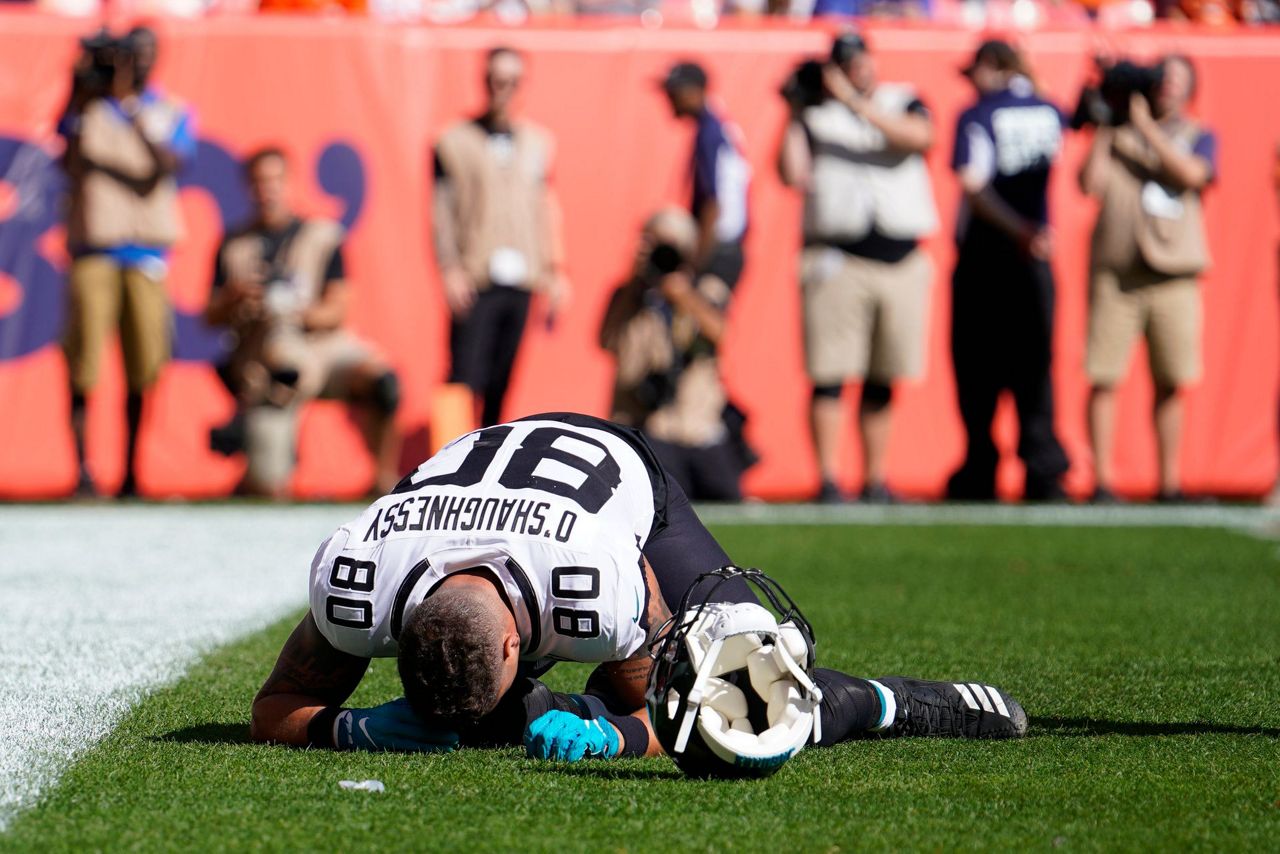Hamstring pulls, ligament tears and ankle sprains can be as formidable an opponent for NFL teams as a high-scoring offense or stingy defense.
“There’s a 100% injury rate in the NFL,” seven-time Super Bowl champion Tom Brady once said.
Navigating those injuries could make the difference between a squad seeing its season sink or beating the odds and making the playoffs.
Here's a look at some of the most common injuries suffered by NFL players throughout the season:
ACHILLES TENDON RUPTURES
The Achilles is the longest and strongest tendon in the body and stretches from the heel to the calf. It's a springy band located behind the ankle and just above the heel that helps players push off their feet, jump and accelerate.
Due to overuse or excessive force placed on the tendon, it can tear or rupture. Surgery is typically necessary to reconnect the ends, sidelining a player for several months due to the extensive rehabilitation needed.
ACL/PCL/MCL/LCL TEARS
The anterior cruciate, posterior cruciate, medial collateral and lateral collateral ligaments are all located in the knee and serve different purposes.
The ACL connects the thigh bone to the shin bone in the front of the knee. While a sprain could sideline a player for a few weeks, a tear can end a season.
The PCL is located behind the ACL, crisscrossing it to form an "X" in the center of the knee. The MCL connects the thigh bone to the shin bone on the inner side of the knee, while the LCL connects the thigh bone to the top of the lower leg, or fibula, and is located on the outer side of the knee.
CONCUSSIONS
A concussion is a brain injury caused by a hit to the head or a sudden movement that causes the head and brain to shake violently. Symptoms may include headaches, neck pain, nausea, dizziness and feeling sluggish.
The NFL has been regularly testing helmets for players to help reduce the risk of concussions. In April, the league and the NFL Players Association approved the use of a helmet specifically for quarterbacks to reduce the severity of helmet-to-ground impacts, which the NFL says accounts for half of quarterback concussions.
Chronic traumatic encephalopathy, or CTE, is a degenerative brain disease that has been linked to concussions and can only be diagnosed posthumously. It can cause memory loss, depression and violent mood swings.
HAMSTRING INJURIES
The hamstring is a group of four muscles that run along the back of the thigh, stretching from the hip to the knee, and they help a person bend their leg at the knee. These injuries vary in severity, and in turn, their timetable in sidelining a player.
A mild pull of one of the muscles, commonly referred to as a Grade I injury, can sideline a player for a few days to a couple of weeks and can be a lingering condition if not sufficiently rested and healed. A Grade II hamstring injury involves a partial tear, while a Grade III injury is a complete tear of the hamstring that could require surgery and is likely season ending.
HIGH ANKLE SPRAINS
When a player suffers a high ankle sprain, the ligaments above the ankle -- which connect the tibia to the fibula -- are affected rather than the ligaments outside the ankle in a low ankle sprain.
High ankle sprains take much longer to recover from -- six to eight weeks, and sometimes longer -- than a classic ankle sprain, which might sideline a player for several days to a couple weeks.
HIP POINTERS
It could sideline a player for a week or a couple of months, depending on the severity. A hip pointer is bruising in the pelvis and abdomen area, usually caused by blunt force, such as a hard tackle. The bleeding can affect several other muscles in the area, making it difficult for a person to run or even walk.
LISFRANC INJURIES
A serious foot injury that can be career-threatening because of its complexity. A Lisfranc sprain or fracture is an injury in the middle of the foot in which at least one (or sometimes, all) of the small bones (or metatarsals) is broken or the ligaments that support the foot in that area are torn. Even a minor sprain not requiring surgical repair could take six to eight weeks to heal.
MENISCUS TEARS
The meniscus is a crescent-shaped rubbery disc of cartilage that serves as a shock absorber on the inside and outer edges of the knee. Both help a person balance weight across the knee. When a meniscus is torn, the knee can lock up and swell. A minor tear can be treated with rest, but a severe tear could require surgery that may sideline an athlete for several weeks or months.
OBLIQUE STRAINS
An oblique strain involves the muscles on the side of the body between the ribs and pelvis. This type of injury can occur when a player takes a hard hit to the waist area, or from overuse or sudden use of the muscles — for instance, a quarterback throwing a pass or a defensive back turning to defend a receiver. Oblique strains are usually treated with rest and could take a few weeks to heal, or could become a lingering issue otherwise.
PATELLAR TENDON INJURIES
The patellar tendon allows a person to straighten a leg by acting with the quadriceps. Technically, it’s a ligament because it connects the kneecap to the shin bone. Complete tears or ruptures often need to be surgically sewn back together and recovery is typically at least four to six months.
PLANTAR FASCIITIS
An injury that affects the bottom of the foot and can lead to intense heel pain. Plantar fasciitis occurs when the ligament supporting the arch of the foot — the plantar fascia — is strained and worsens when small tears develop in the ligament. The injury can sap players of speed while they deal with it. Rest, icing of the arch and finding new footwear are among the typical treatments. It can linger for months.
TURF TOE
An extremely painful injury that can sideline players for a few months. It occurs when the ligaments under the joint of the big toe are sprained or ruptured as a result of the toe being hyperextended. It makes it extremely difficult to push off and cut while running.
___
AP NFL: https://apnews.com/hub/nfl and https://twitter.com/AP_NFL
Copyright 2023 The Associated Press. All rights reserved. This material may not be published, broadcast, rewritten or redistributed without permission.







